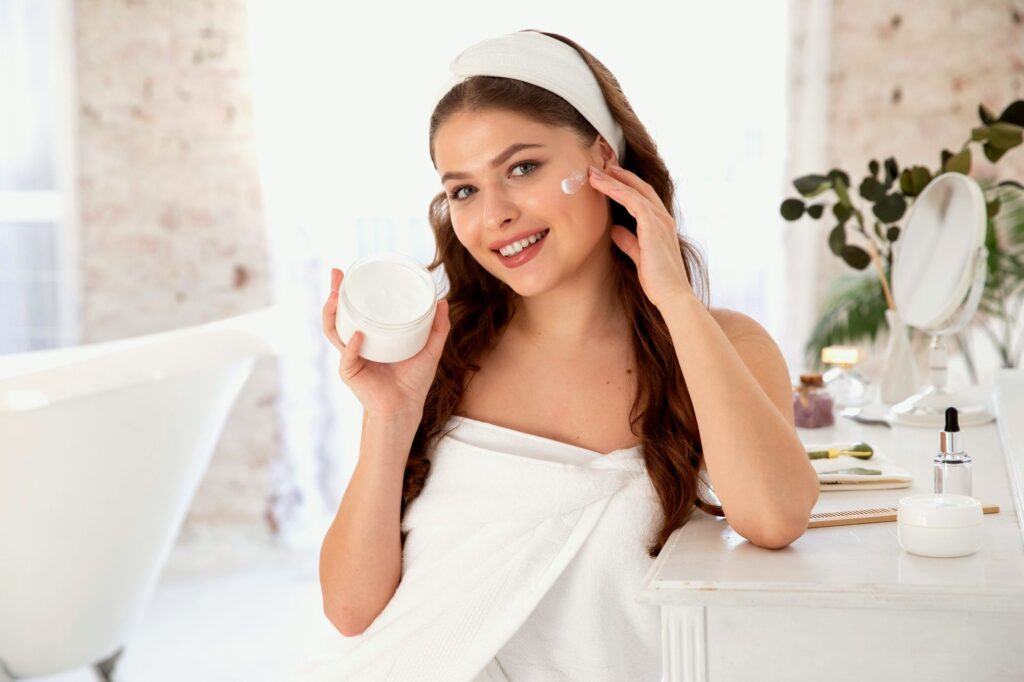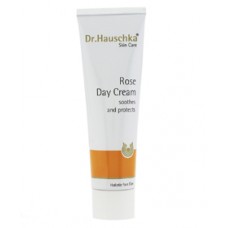
You know the tight, uncomfortable feeling of dry skin all too well if you’re here. It’s not just a minor annoyance; for many, it’s a daily challenge. Dry skin occurs when your skin doesn’t retain sufficient moisture. This can happen as a result of frequent bathing, use of harsh soaps, aging, or certain medical conditions. For these reasons and more, understanding the layers of the skin and how they work is crucial to taking care of it.
Dryness can be attributed to a drop in temperatures, low humidity, and indoor heating during winter months, making the skin flaky and itchy. On the other hand, daily behaviors like prolonged exposure to hot water can strip the skin of its natural oils, contributing to dryness. There are also intrinsic factors such as genetics and hormones that determine how much sebum your skin naturally produces. Sebum is the oily substance produced by your body that helps keep skin moisturized; when your body doesn’t produce enough, you end up with dry skin. Also, different parts of the body have different needs; the skin under your eyes, for example, is much thinner and more sensitive than the skin on your heels.
We can categorize dry skin based on severity and duration. For some, it’s a winter-related occurrence, while for others, it’s a constant battle. ‘Normal’ dry skin can typically be managed with lifestyle adjustments and over-the-counter moisturizers. Chronic or severe dryness, characterized by scaling, itching, and cracks, may require a consultation with a dermatologist. It’s necessary to recognize where you fall on this spectrum to pick the right products for your needs.
Moving ahead, I’ll explore the pivotal role moisturizers play in combating dry skin challenges. They’re not just a luxurious part of your skincare routine; they’re essential for boosting your skin’s hydration levels. Furthermore, in the upcoming section, I’ll delve into how different ingredients in moisturizers function differently to address various aspects of skin dryness. By the end of it, you’ll be equipped to choose a moisturizer that doesn’t just sit on top of your skin, but rather enhances its capacity to hold onto moisture.
The Role of Moisturizers in Skin Hydration
When your skin feels like it’s sending out an SOS for hydration, moisturizers step in as the cavalry. They’re essential for restoring the balance and making sure your skin is getting the nourishment it needs. But how exactly do they achieve this?
Moisturizers are often a blend of three types of ingredients: humectants, emollients, and occlusives. Each plays a distinct role in skin care:
- Humectants, for example, are like magnets for moisture, drawing water into the outer layer of your skin. Glycerin and hyaluronic acid are superheroes in this category, pulling moisture from the air and deeper layers of skin to the surface where it’s needed most.
- Emollients, on the other hand, smooth out the flaky, rough patches that dry skin knows all too well. They fill in the cracks with oils and lipids that mimic the natural lipids found in your skin. Think of shea butter and jojoba oil – these are your go-to emollients that can soften your skin texture.
- Then there are occlusives. They act as a barrier, locking in all that precious moisture and protecting the skin from external irritants. Ingredients like beeswax and lanolin are excellent at creating that protective layer. However, if you have concerns about using animal-derived ingredients, plant-based alternatives like cocoa butter can be just as effective.
Understanding the symbiosis of these ingredients is critical. It’s not enough for a product to simply feel good on the skin; it needs to deliver hydration effectively and maintain it over time for long-lasting relief.
Now that you have this foundational knowledge, moving onto the next section, it will become clearer why certain moisturizers might be a better fit for your skin than others. The ingredients, your skin’s needs, and the moisturizer’s texture are all pieces of a puzzle that, when put together correctly, reveal the ideal solution for your dry skin.
Criteria for Choosing the Right Moisturizer
It’s not about grabbing any jar off the shelf when it comes to treating dry skin. Your moisturizer should be a personal skin remedy, tailored to address your skin’s unique needs. I’m going to walk you through the essentials for selecting a moisturizer that goes beyond the surface to nurture your skin.
The ingredients list on a moisturizer is your roadmap to knowing if it’s the right fit. Look for key hydrating agents like hyaluronic acid, glycerin, and ceramides. These are like glasses of water for your skin cells. Stay clear of irritants often found in fragrances and certain alcohols if your skin tends to react negatively.
Match the moisturizer to your skin’s profile. Is it just the cheeks feeling like parchment, or is your whole face begging for moisture? For localized dryness, a different approach may be needed compared to someone who has dryness all over.
Try a little test run. Apply a small amount of the product on a patch of skin and wait. This can save you from an unwanted reaction and ensure the product feels good on your skin before fully committing.
Product consistency is also a significant factor. Light lotions might feel good and absorb quickly but may not last long for very dry skin. Creams and ointments with richer textures might be better suited for locking in moisture and providing that lasting skin barrier protection.
Remember, the right moisturizer can make a world of difference. Pay attention to how your skin reacts to different ingredients and textures- it’s the key to unlocking the door to better skin health.
Natural and Clean Moisturizers: A Guide
When it comes to choosing a moisturizer for dry skin, the terms’ natural’ and ‘clean’ can be quite appealing. The rise of natural skincare has brought a wave of products that boast plant-based and minimally processed ingredients, which can be gentler on the skin and the environment.
But what exactly does ‘natural’ or ‘clean’ mean in skincare? Though not strictly regulated, ‘natural’ often refers to ingredients sourced from nature with minimal chemical processing involved, while ‘clean’ products are typically free from certain controversial chemicals, parabens, synthetic fragrances, and artificial colorants. These products are often seen as safer, more responsible choices for consumers and the planet.
For those with dry skin, natural moisturizers often contain ingredients like shea butter, jojoba oil, and hyaluronic acid that can effectively hydrate and nourish the skin without irritating. Plant oils and butters are superb emollients, helping to soften and smooth the skin, while ingredients like glycerin, a common humectant, can draw moisture from the air into the skin.
Here are a few examples of natural and clean moisturizers that could be a game-changer for your skin:
Weleda – Weleda Skin Food
Dr. Hauschka- Rose Day Cream

Caudalie- Vinosource Moisturizing Sorbet
Tata Harper- Repairative Moisturizer
Remember, it’s crucial to read labels and research brands committed to natural skincare to ensure you’re getting what you expect. Choose products with transparent ingredient lists and certifications from respected organizations within the natural skincare community.
Next, I’ll guide you on how to effectively integrate these natural moisturizers into your daily skincare routine, ensuring your dry skin receives the hydration it craves while embracing the benefits of natural, clean ingredients.
Incorporating Natural Moisturizers into Your Skincare Routine
Skin hydration isn’t just about applying a product; it’s about creating a routine that supports your skin’s natural barriers and works harmoniously with your lifestyle. As someone keen on natural solutions, using moisturizers derived from clean sources can significantly enhance your skin’s well-being.
The ritual of applying your chosen natural moisturizer is just as critical as the moisturizer itself. So, how do you get the best results?
- For maximum benefit, apply your natural moisturizer on damp skin, right after cleansing or showering. This locks in moisture and ensures that nourishing ingredients penetrate deeply.
- Keep in mind, that no single product is magical. Your natural moisturizer is most effective when combined with a balanced diet, adequate water intake, and proper sleep. Taking care of your skin is holistic – lifestyle choices and skincare go hand in hand.
- Regularly evaluate your skin’s reaction to the natural moisturizer and make adjustments as needed. Depending on the seasons and your skin’s evolving requirements, you might need to switch products throughout the year.
And remember, the goal of any skincare routine is to protect, repair, and maintain. Take pride in choosing clean, natural products that not only serve to moisturize but also provide peace of mind through their safe and wholesome ingredients.

Image by Freepik
